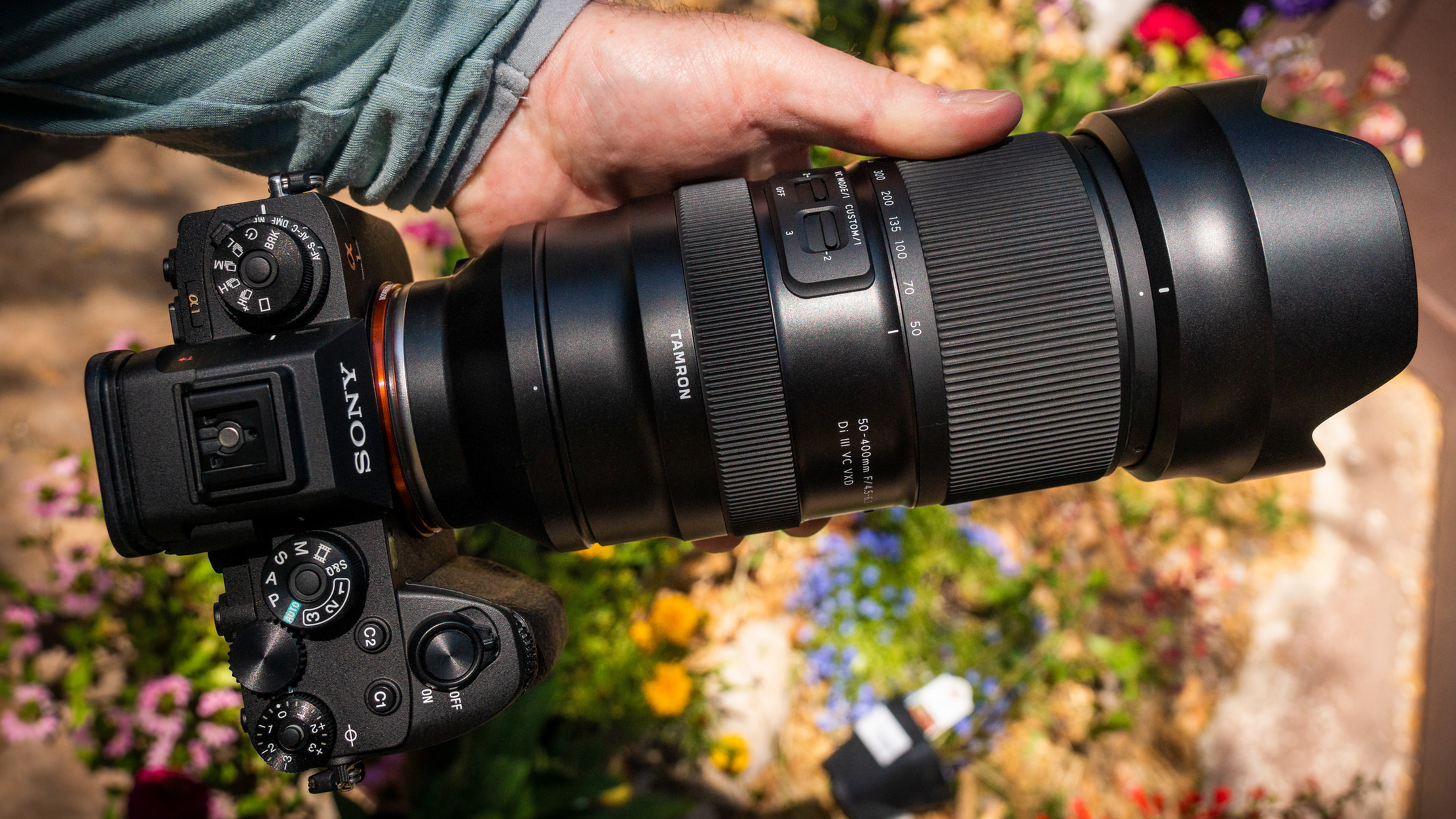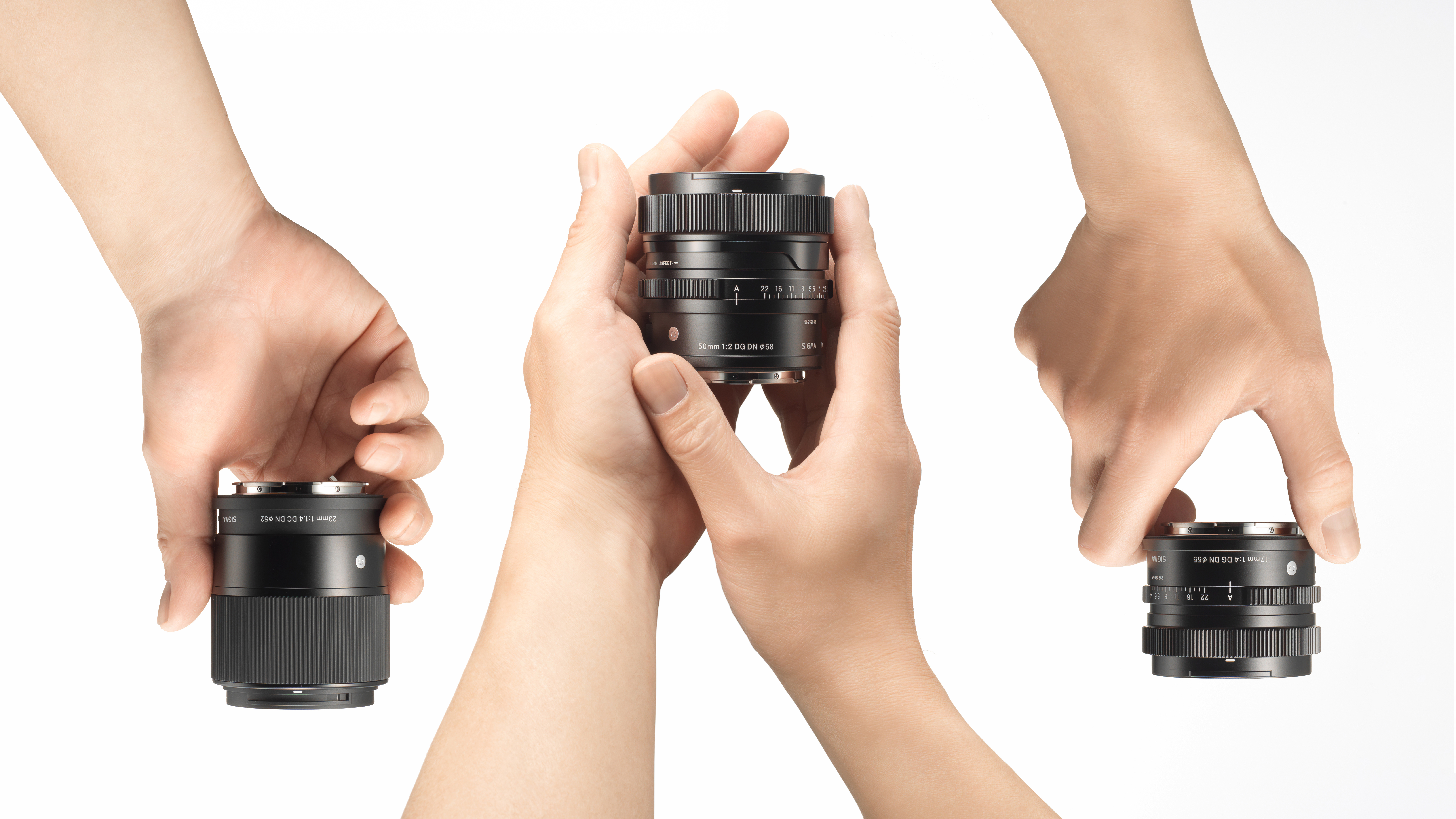
Sigma’s Contemporary lenses aim for high-end performance packed into a compact and lightweight build, with a modern aesthetic. News of three exciting additions came in April, with the announcement of the Sigma 17mm f/4 DG DN C, 23mm f1.4 DC DN C and 50mm f/2 DG DN C. The 23mm is designed for crop-sensor cameras, available in Sony E-mount, L-mount and Fujifilm X-mount. The other two are full-frame compatible, in E-mount and L-mount versions.
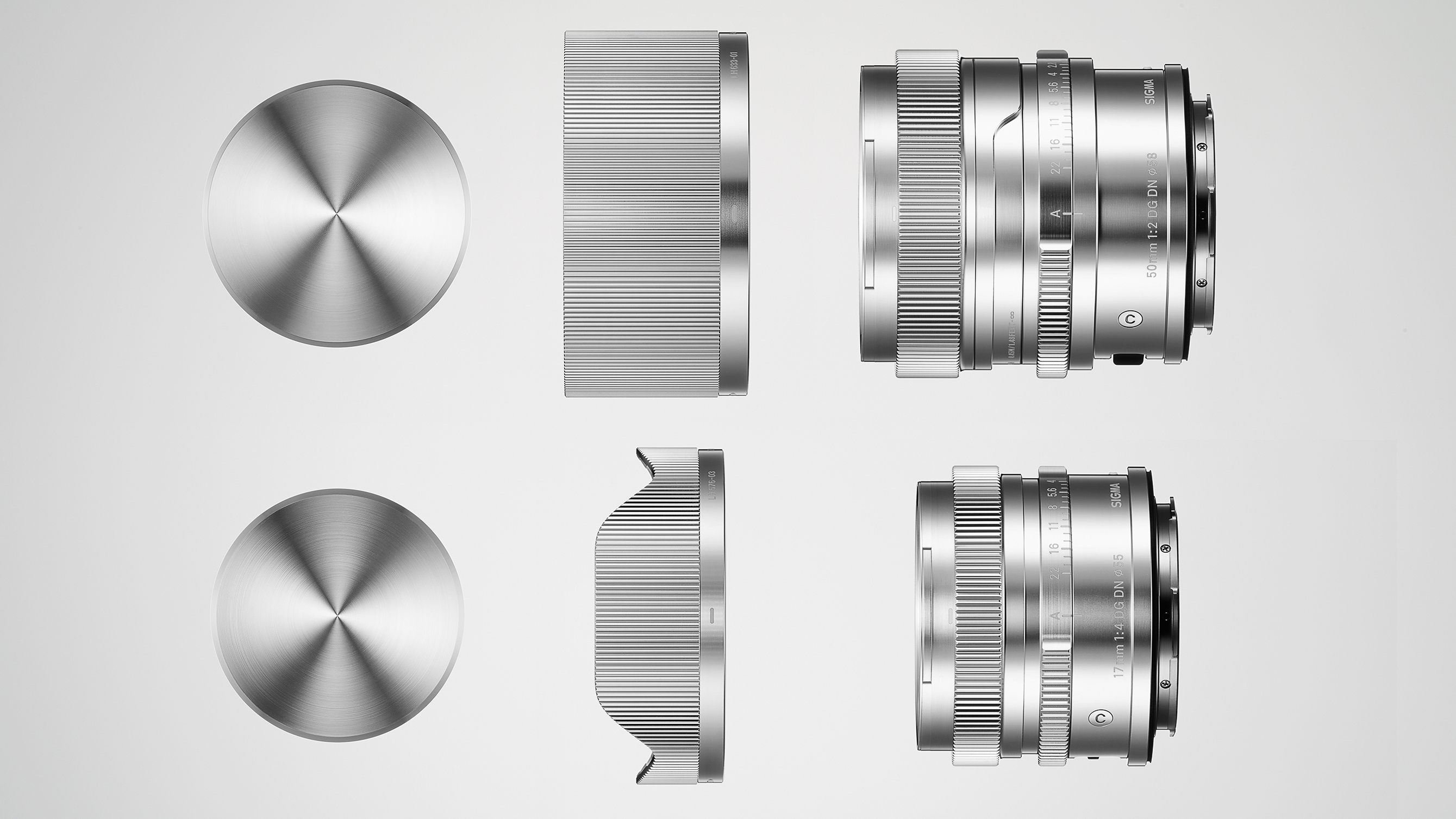
While Sigma went small (at least in the size of its new lenses), Canon went XXL with a new RF 100-300mm f/2.8L IS USM, adding to its ‘trinity’ zooms with a more powerful telephoto lens, ideal for action, sports and wildlife photography. As you’d expect, the big Canon comes with a similarly heavyweight price tag, while rumors circulated of a cut-price Zhongyi Optics 200mm F4 prime for just $600.
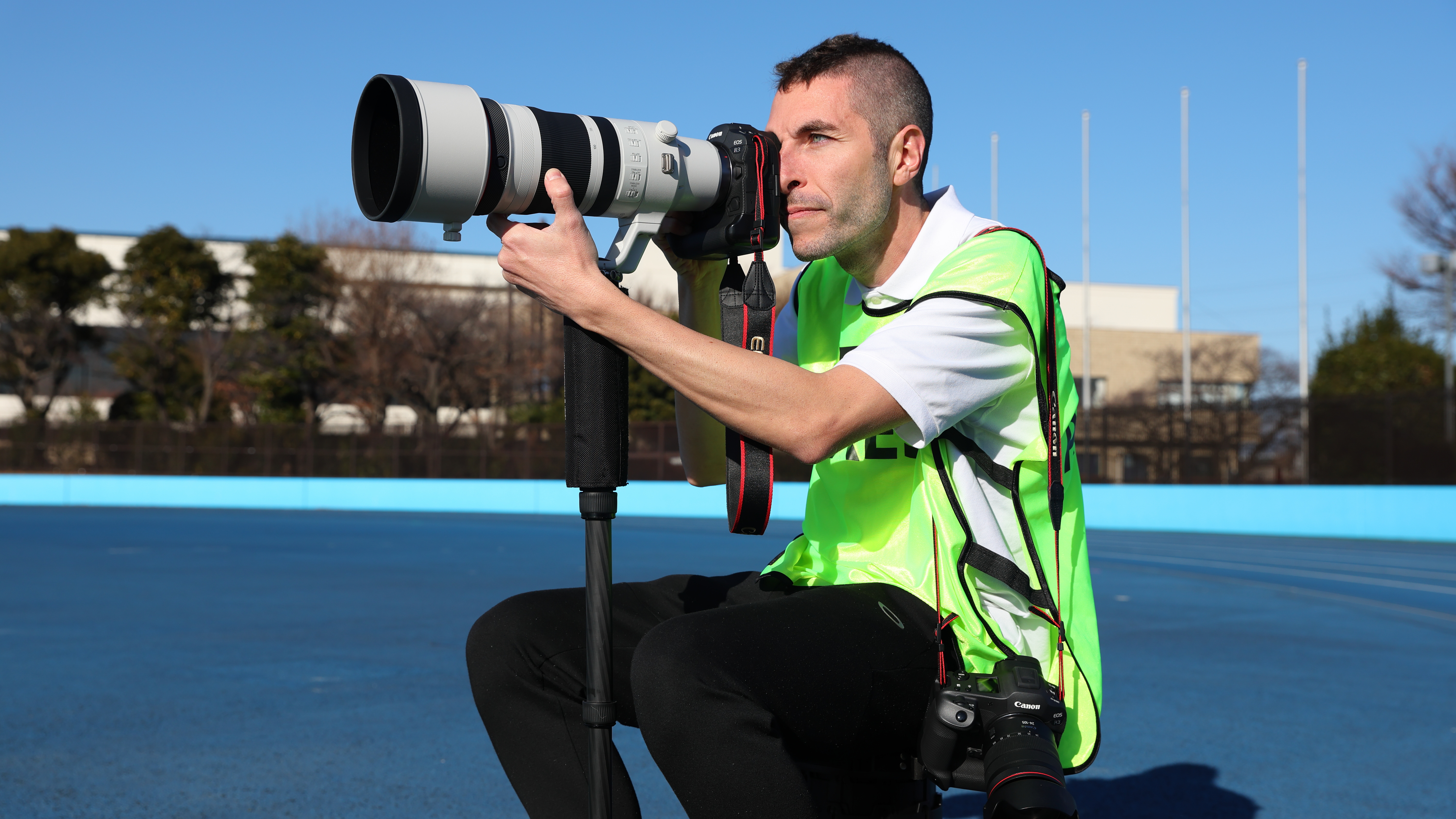
At the opposite end of the focal length scale, news broke of a wide-angle Z DX 12-28mm f/3.5-5.6 PZ VR, a video-centric lens with motorized zoom. And if that’s not wide enough, Fujifilm also announced a new Fujinon XF 8mm f/3.5 R WR lens.

Following pretty much exactly in Tamron’s footsteps, the Samyang 35-150mm F2-2.8 for Sony E-mount cameras was announced in April. The combination of moderately wide-angle to telephoto zoom range and fast aperture rating makes it a tempting all-in-one lens for wedding and event photographers. And for the big screen, four telephoto and wide-angle anamorphic lenses broke cover, to complete the Laowa Proteus 2X set for serious filmmakers
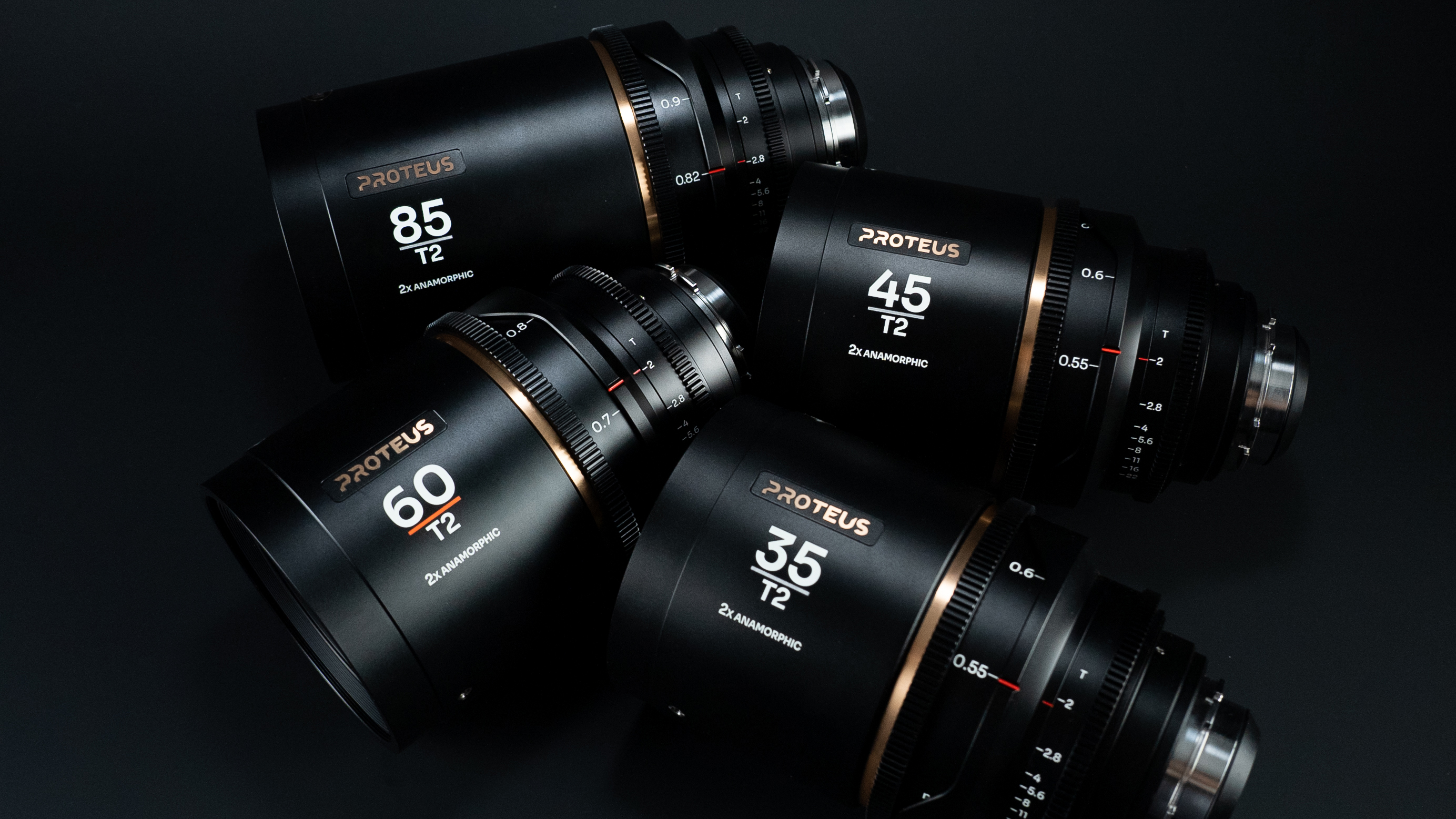
Back in the lab, we tested the OM System M.Zuiko 90mm f/3.5 Macro and were impressed with its 2x macro magnification ratio, bumped up to an effective 4x magnification when you take the MFT crop factor into account. The Nikon Z 85mm f/1.2 S came through with flying colors, sailing through our lab tests and real-world tests to earn a 5-star rating. We also went large with the Tamron 50-400mm F4.5-6.3 Di III VXD, which stretches from a standard focal length to super-telephoto territory at the twist of a wrist.
